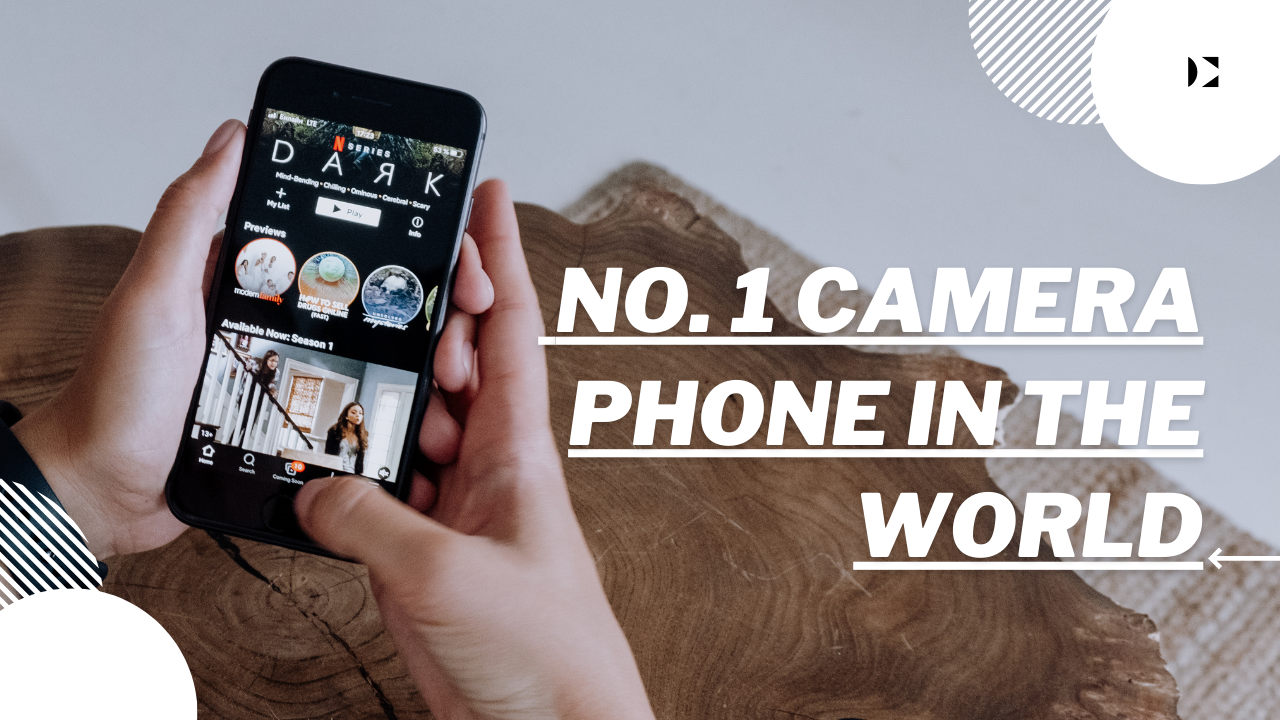In the current digital-age, the camera is almost the most important feature in a smartphone. Whether it’s breathtaking landscapes, portraits, or HD recordings, the quality of a smartphone camera most often makes a decisive influence on buying preferences. The “No. 1 camera phone in the world” is quite a tough nut to crack in such fiercely competitive markets among smartphone manufacturers. This article takes a deep look into the features, technologies, and competitors that comprise the top camera phones for 2024.
So, just what does a smartphone have that makes its camera the one to beat, you may ask? Read on for the key features of a camera phone that make it stand out:
Enduring Criteria for Determining the Best Camera Phone
Oops, before nominating the best camera phone, let’s first dive into what’s great about a smartphone camera. These are the crucial aspects of the camera phone.
- Sensor Size
Certainly, the size of the camera sensor is very important. Larger sensors gather more light, ensuring better photos, especially in low-light conditions.
- Megapixels
While megapixels might surface on the advertisement programs, they aren’t the only criteria to judge image results. Equally big pixels and sensor really ensure sharper, detailed images.
- Optical Image Stabilization
This optical stabilization reduces blur from shaking of the user’s hands, enhancing the quality of images and video clips.
- AI and Computational Photography
AI-powered features for scene recognition, portrait mode, and night mode help smartphone photography step up, rendering it easier to take with typical pro-grade shots.
- Lens Quality
Better quality lenses allow more light into the camera itself while reducing distortion and achieving clearer and more accurate images.
- Zoom Capabilities
Optical and periscope zooms are taken more like standard zooms on high-end devices, allowing users to capture distant subjects without losing fine details.
- Video Recording Features
Recording in 4K or 8K, along with additional stabilization and cinematic modes, is a necessity for modern users.
Top Contenders for the Best Camera Phone
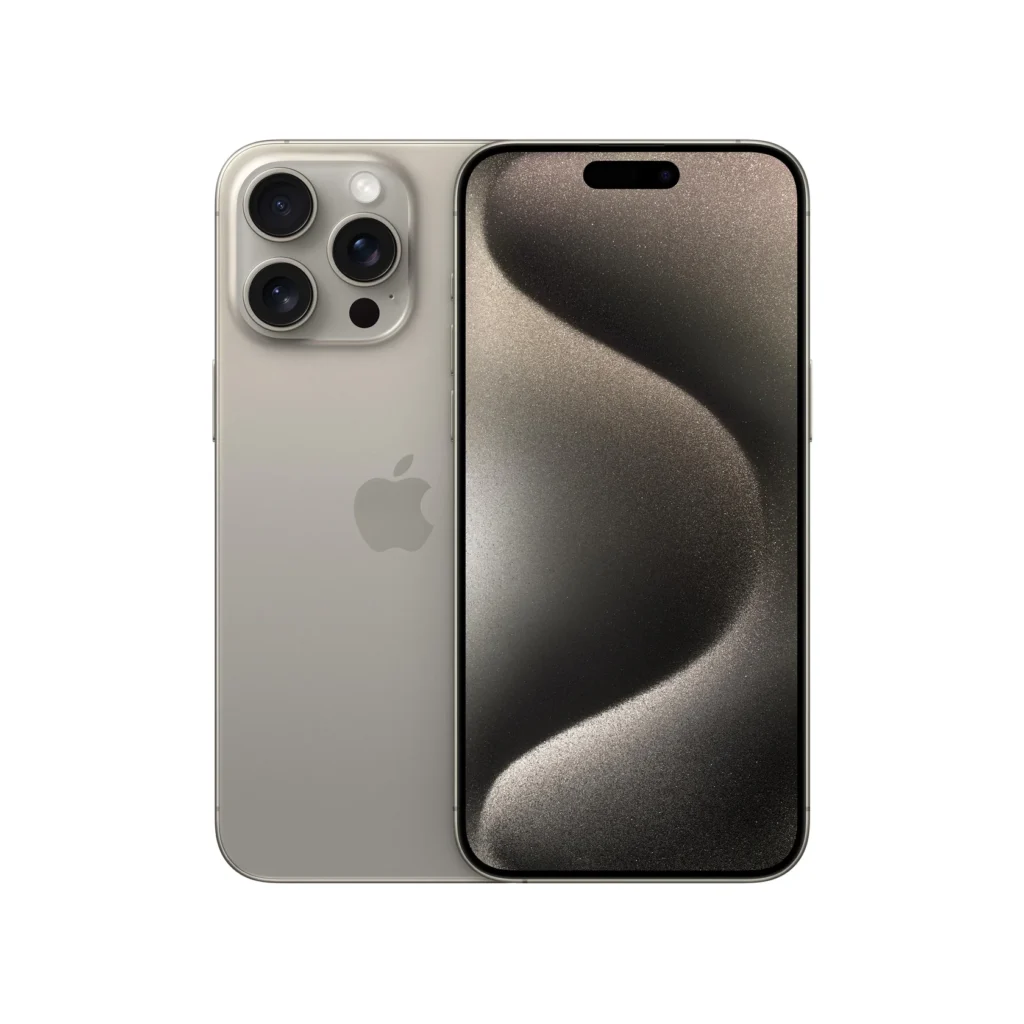
1. Apple iPhone 15 Pro Max
The iPhone 15 Pro Max has set a new benchmark in smartphone photography. Its triple-camera system, including a 48MP main sensor, delivers stunning images in various lighting conditions. The addition of a 5x telephoto lens has made it a favorite among photography enthusiasts.
Key Features:
- 48MP main sensor with pixel binning technology.
- Advanced night mode and Smart HDR 5.
- Cinematic mode for video recording in 4K HDR.
- ProRAW and ProRes support for professionals.
Why It’s a Contender: Apple’s seamless integration of hardware and software ensures top-notch image processing, making the iPhone 15 Pro Max a powerhouse for photography and videography.
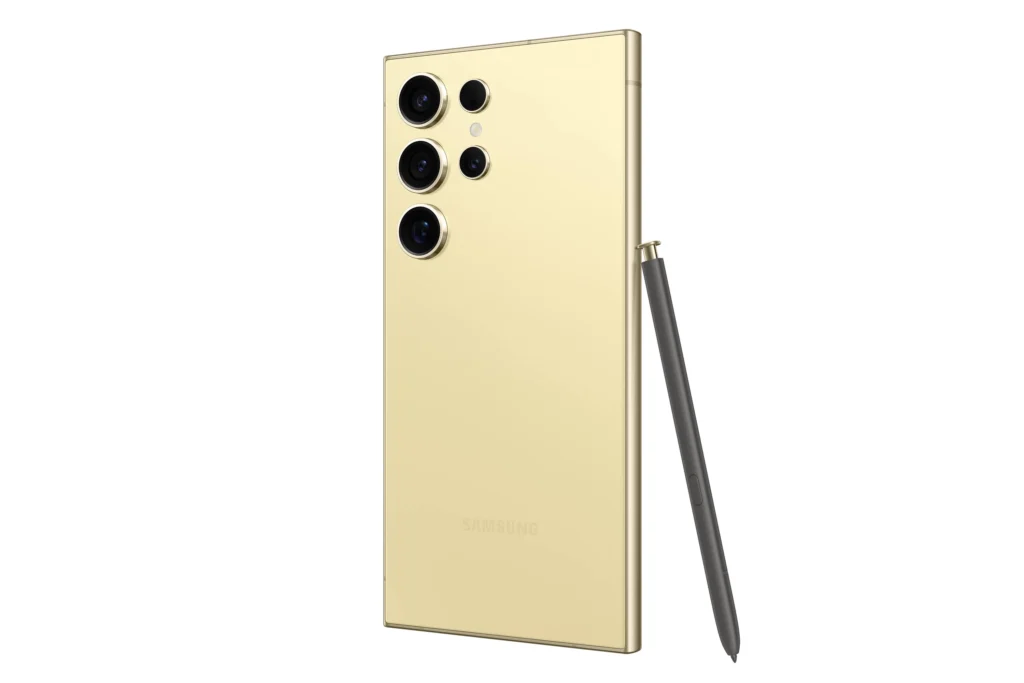
2. Samsung Galaxy S24 Ultra
Samsung’s Galaxy S24 Ultra is a beast in the camera department, featuring a quad-camera setup led by a 200MP primary sensor. Its periscope zoom lens offers an incredible 10x optical zoom, making it a versatile choice for all types of photography.
Key Features:
- 200MP main sensor for ultra-detailed images.
- 10x optical zoom and 100x Space Zoom.
- Expert RAW mode for professional editing.
- Super Steady mode for smooth video recording.
Why It’s a Contender: With unmatched zoom capabilities and a powerful sensor, the Galaxy S24 Ultra excels in versatility and performance.
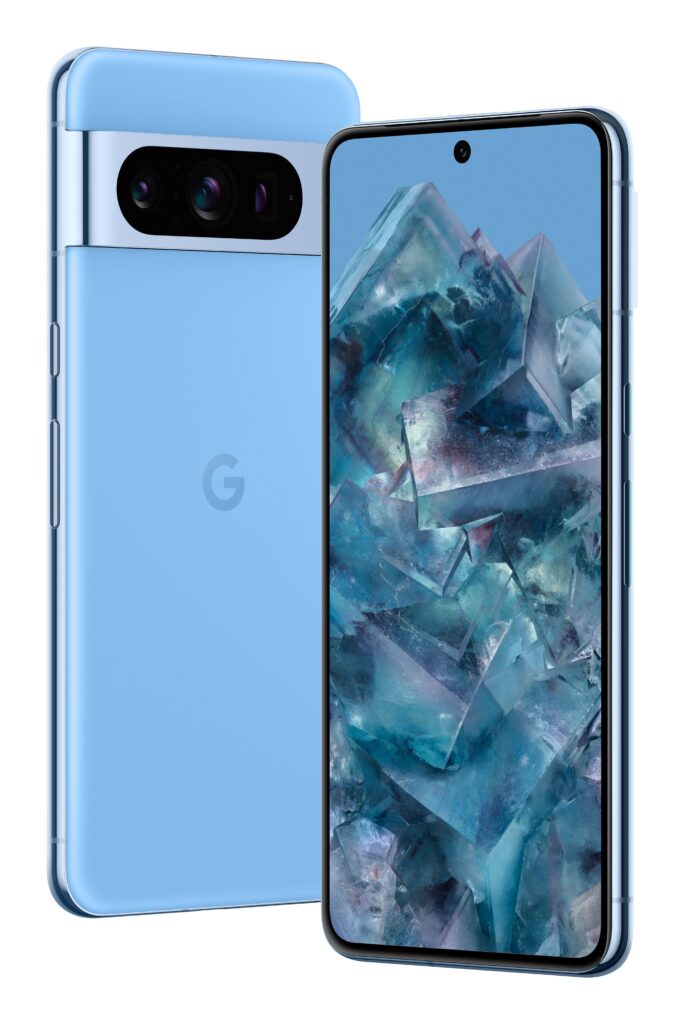
3. Google Pixel 8 Pro
Google’s Pixel 8 Pro is renowned for its computational photography. Despite having fewer megapixels than its rivals, the Pixel 8 Pro’s AI-driven processing delivers exceptional photos that rival even professional cameras.
Key Features:
- 50MP main sensor with enhanced AI capabilities.
- Magic Editor for post-processing adjustments.
- Astrophotography mode for stunning night sky shots.
- Real Tone technology for accurate skin tones.
Why It’s a Contender: Google’s focus on software optimization makes the Pixel 8 Pro a leader in computational photography, delivering consistent and natural-looking images.
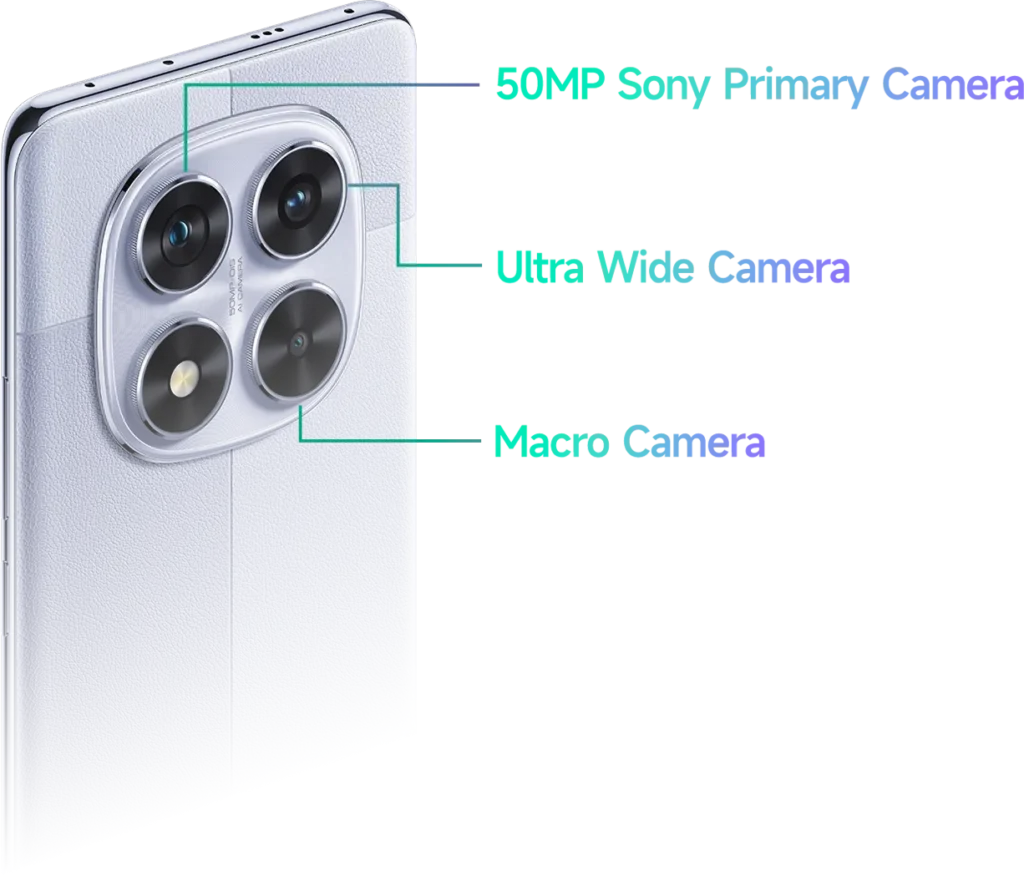
4. Xiaomi 14 Pro
Xiaomi has stepped up its game with the 14 Pro, featuring Leica-tuned lenses. Its focus on cinematic photography and video recording makes it a top choice for creative professionals.
Key Features:
- 50MP triple-camera setup with Leica optics.
- Ultra-wide and telephoto lenses with superb clarity.
- 8K video recording capabilities.
- Master-Lens system for cinematic effects.
Why It’s a Contender: The collaboration with Leica ensures exceptional image quality and creative flexibility, making it a strong competitor in the flagship market.
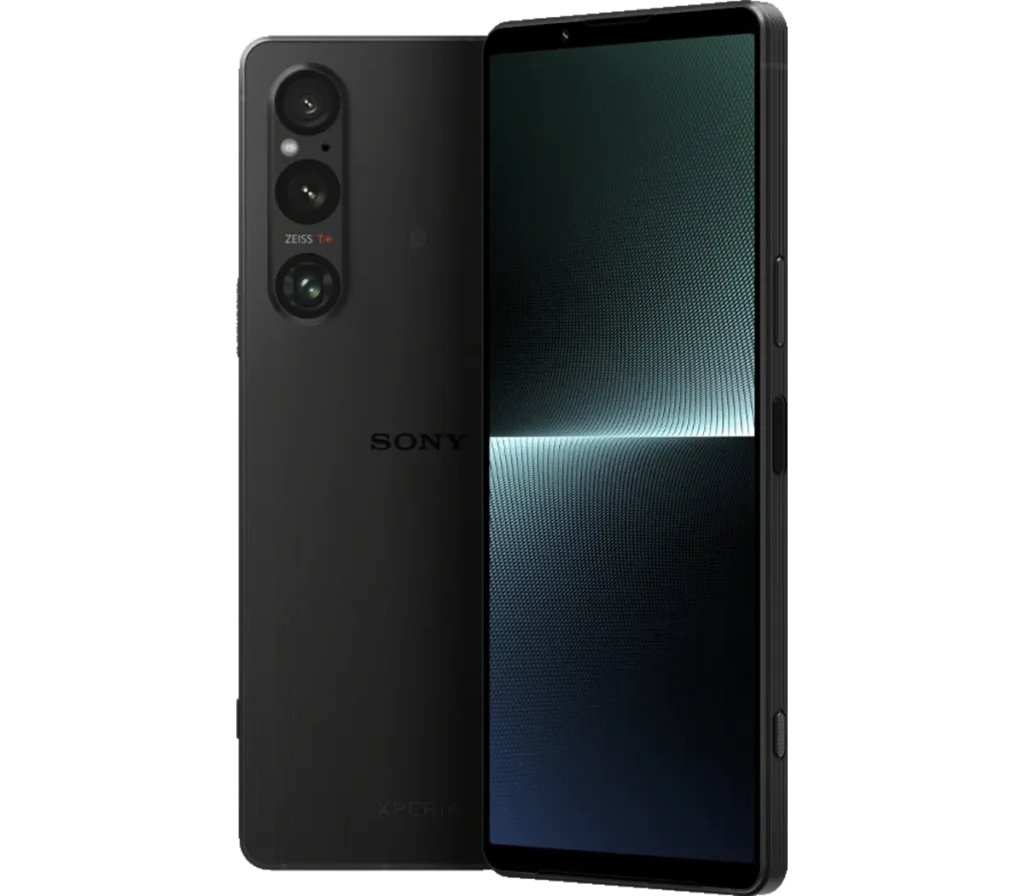
5. Sony Xperia 1 V
Sony’s Xperia 1 V is designed for photography enthusiasts and professionals. Its large sensor and manual controls give users unparalleled control over their shots.
Key Features:
- 52MP main sensor with Exmor T technology.
- Dedicated shutter button for a DSLR-like experience.
- 4K OLED display for accurate photo editing.
- Real-time Eye AF and object tracking.
Why It’s a Contender: Sony’s expertise in camera technology translates into a smartphone that caters to serious photographers and videographers.
How to choose a camera phone that suits you best.
After determining your photography style, you can then choose a camera phone:
- This applies to you if you do a lot of portrait photography: Look for great bokeh and skin tone accuracy.
- When it comes to landscape photography, ultra-wide and telephoto lenses are the ones you should be looking for.
- If you’re looking to get into video-making with vloggers or professionals in mind, you might want to look into the more technologically advanced stabilization methods and the high-resolution recording capabilities of the phones.
- Look for high performance in night mode. That’s a must if you want great detail in dark places.
- Some beginners may lean more towards AI-driven features, whereas the pros may want more manual settings to control the image.
Your budget: Flagship-grade cameras are found in high-end flagship phones, while the Google Pixel 7a just exemplifies being a great choice for mid-range.
The future of smartphone cameras
The battle for the best camera phone has not and will not end anytime soon. Some of the newer developments include.
- Foldable phones with top-tier cameras: The Samsung Galaxy Z Fold series is bringing flagship-level cameras into foldable designs.
- The new AI evolution: The AI algorithms will eventually improve even more, giving us near-perfect image processing and editing tools.
- Under-display cameras: Innovation in under-display tech will pave that path. This could serve as a good way to get rid of notches and punch-holes, all in an effort to create a better user experience.
- Quantum dot sensors, which can achieve higher sensitivity to light and color accuracy, thereby changing the smartphone photography game.
Conclusion
Giving one phone the title of “No. 1 camera phone in the world,” really depends on who you’re asking-in so far as preferences might be involved. But surely some of the top contenders heading the list in 2024 are the Apple iPhone 15 Pro Max, Samsung Galaxy S24 Ultra, Google Pixel 8 Pro, Xiaomi 14 Pro, and Sony Xperia 1 V. Each has individual strengths, like AI-based photography, optical zoom, or cinematic video recording.
Like with so many other things in life, the perfect camera phone is the one that is best suited for your style, budget, and creativity aspirations. While the future is ever brightening, things are definitely getting better for the world of smartphone photography.
